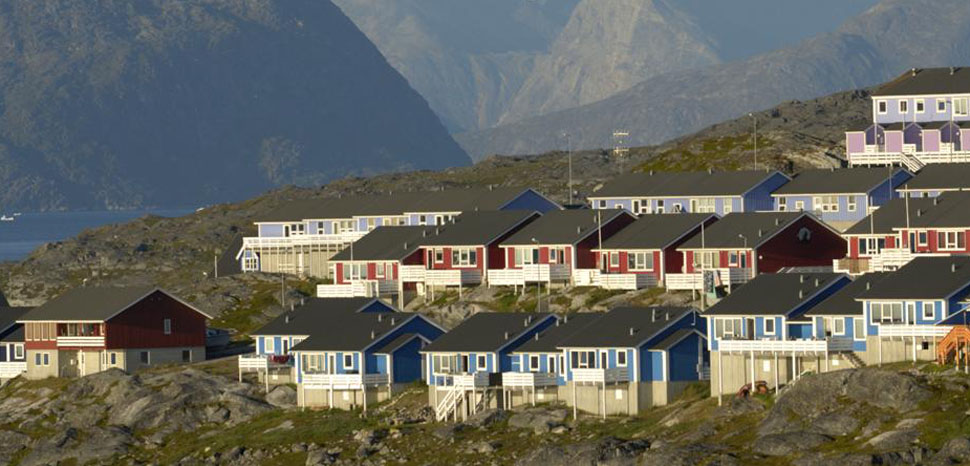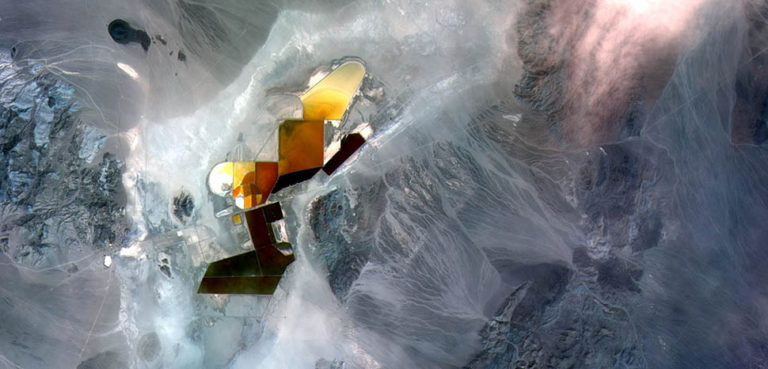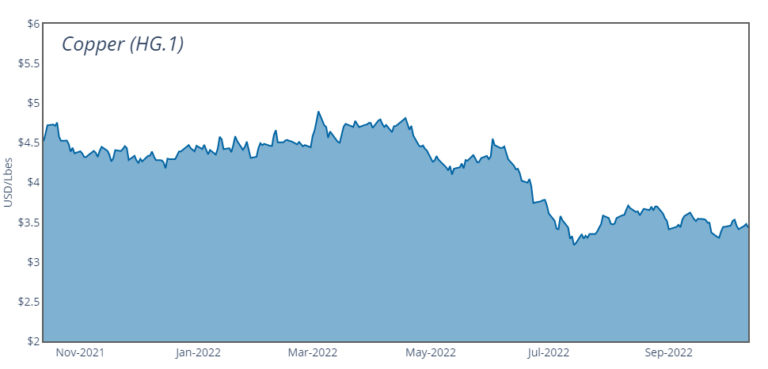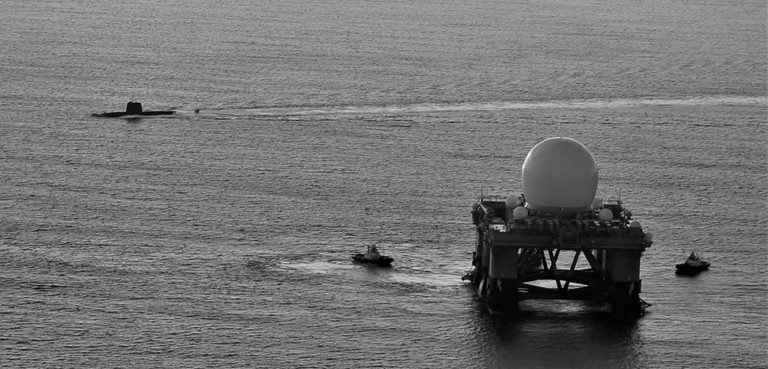Last week’s snap general election in Greenland produced a political upset: the Siumut party, which has governed Greenland for much of the post-1979 home rule period, lost to the opposition Inuit Ataqatigiit (IA) party. According to the near final result, IA won 12 seats on 37.4% of the vote, and Siumut 10 seats on 30% of the vote.
The election was fought primarily on questions of how the government should develop Greenland’s mineral wealth as new extractive opportunities arise from the melting ice sheet. Specifically, the fate of a proposed uranium and rare earth minerals mining project at Kvanefjeld (also known as Kuannersuit) was the focus of the election campaign. Support for the mine split the governing coalition in February, precipitating last week’s snap poll, and IA has been vocal in its support for shutting the mine down on environmental concerns. For one, the extraction process would produce large amounts of highly radioactive thorium which risks contaminating the surrounding land for millennia.
IA’s opposition is shared by Naleraq, a centrist party that took four seats in the election. Naleraq is regarded as a natural coalition partner to form a government.
In Greenland, the significance of such mining issues goes beyond the normal political balancing act between economic development and environmental protection. Rather, it goes straight to the heart of securing national independence from Denmark, a project that would require economic self-sufficiency for the massive and predominantly ice-covered island. On this the voters have given an answer: environmental destruction is too high a price to pay for self-sufficiency, at least for now.
Rare earth minerals are of course a commodity of strategic import. The minerals – which refer to 17 scandium, yttrium, and the 15 lathanides on the periodic table – are employed in a variety of high-tech applications ranging from EV lithium-ion batteries to wind turbines to guided missiles to smart phones. China has dominated rare earth production over the past decade; in 2020, it produced 55% of global mineral output and 85% of refined concentrates. Chinese domestic industry also accounted for around 70% of global rare earth demand in the same year.
China’s dominance of the global rare earth supply chain is now regarded as a national security issue by Washington. Rare earths have been included on the government’s List of Critical Minerals, which are now the subject of public investment, diplomatic overtures, and tax breaks intended to incentivize domestic production or, if that’s not possible, reliable lines of supply from allied (democratic) states.
The Kvanefjeld site was to be developed by Australian miner Greenland Minerals in conjunction with China’s Shenghe Resources, which is Greenland Minerals’ largest shareholder with a 12.5% stake. Going by Greenland Minerals’ own reserve projections – which some dispute – the mine could have supplied up to 10% of the world’s rare earth output once operational.
Stock in Greenland Minerals predictably crashed following the announcement of the election results, forcing a temporary halt in trading. It has since recovered some of its lost ground.
Last week’s election result comes as a blow to Beijing’s efforts to monopolize the global rare earth supply chain, as the Kvanefjeld site would have had all of its output processed by Shenghe and fed into Chinese industry (China’s monopoly is proving harder to disrupt on the processing, rather than extraction end). But the story of Greenland’s rare earth industry isn’t fully told yet. Inuit Ataqatigiit still needs to find a coalition partner in order to govern, and it will still have to find a replacement for the over $600 million in annual subsidies that Denmark provides annually if Greenland is ever going to achieve formal independence. Thus, we may soon see a national referendum on the Kvanefjeld issue and/or an attempt to develop other sites deeper within Greenland’s continental interior.
But regardless of the short-term fate of Kvanefjeld, Greenland will continue to loom large in US-China competition over strategic commodities and, increasingly, securing a presence in the Arctic.




